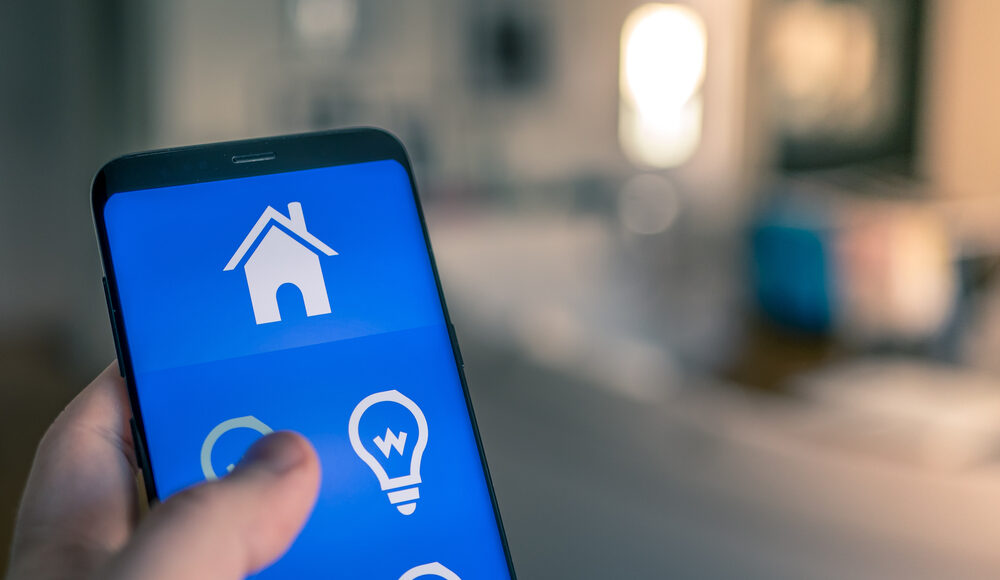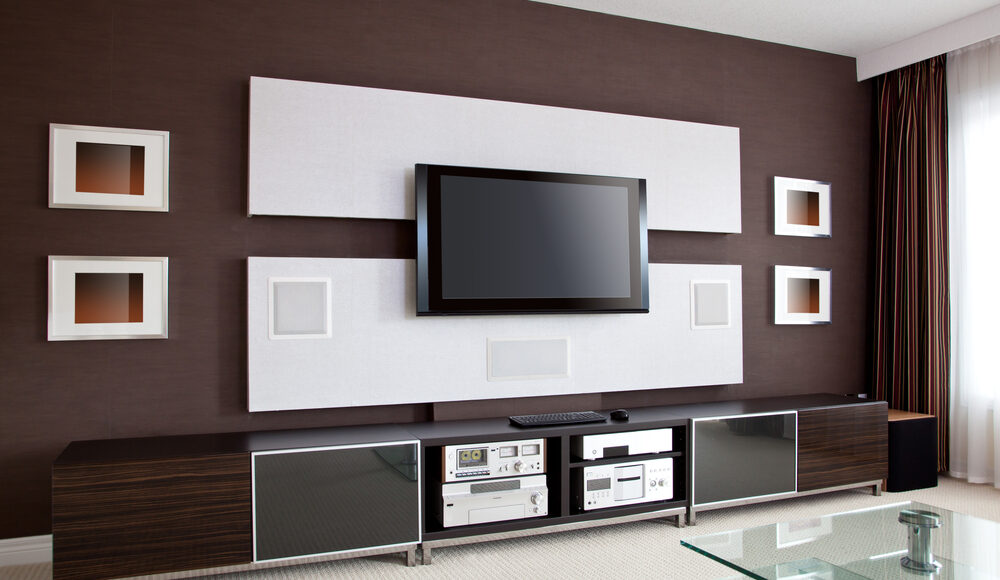Lighting Design Setting Tips You Must Use
Lighting design is the process of creating a well-designed lighting scheme that meets the needs of a space and enhances its overall aesthetic. Before designing the lighting, it’s important to determine the purpose of the space.
To make full use of lighting control, you must know where it needs to be placed for optimal appearance.
1- Use Multiple Light Sources
For lighting Charlotte, NC, using multiple light sources, such as ambient lighting, task lighting, and accent lighting, can help create depth and dimension in space. For example, a combination of overhead lights, table lamps, and wall sconces can create a layered lighting effect.
2- Room’s Natural Light
Take into account the room’s natural light sources, such as windows and doors. If the room has a lot of natural light, you may need to use different lighting than a room with little natural light.
3- Color Temperature
Color temperature refers to the warmth or coolness of a light source. Warm-toned lights have a lower color temperature, while cool-toned lights have a higher color temperature. Consider the color temperature when designing the lighting to create the desired mood.
Closing Statement
By following these tips, you can create a well-designed lighting scheme that meets the needs of the space and creates the desired atmosphere.
To utilize these lighting control setting tips, you must contact Interactive Interiors for your next interior design project. We offer interior designing assistance and expertise to resolve all your styles in your house system. Visit our website and book your styling session now.


